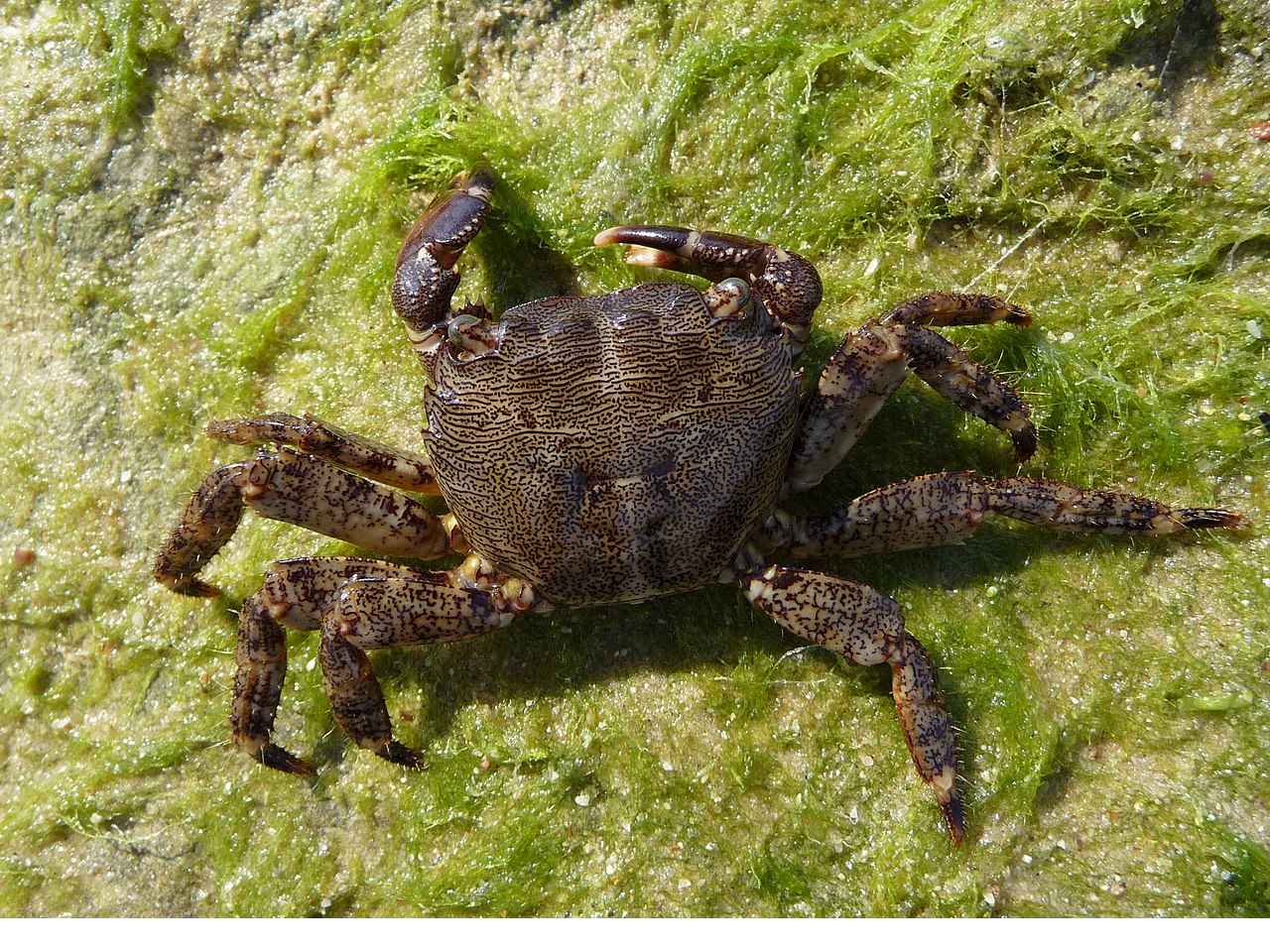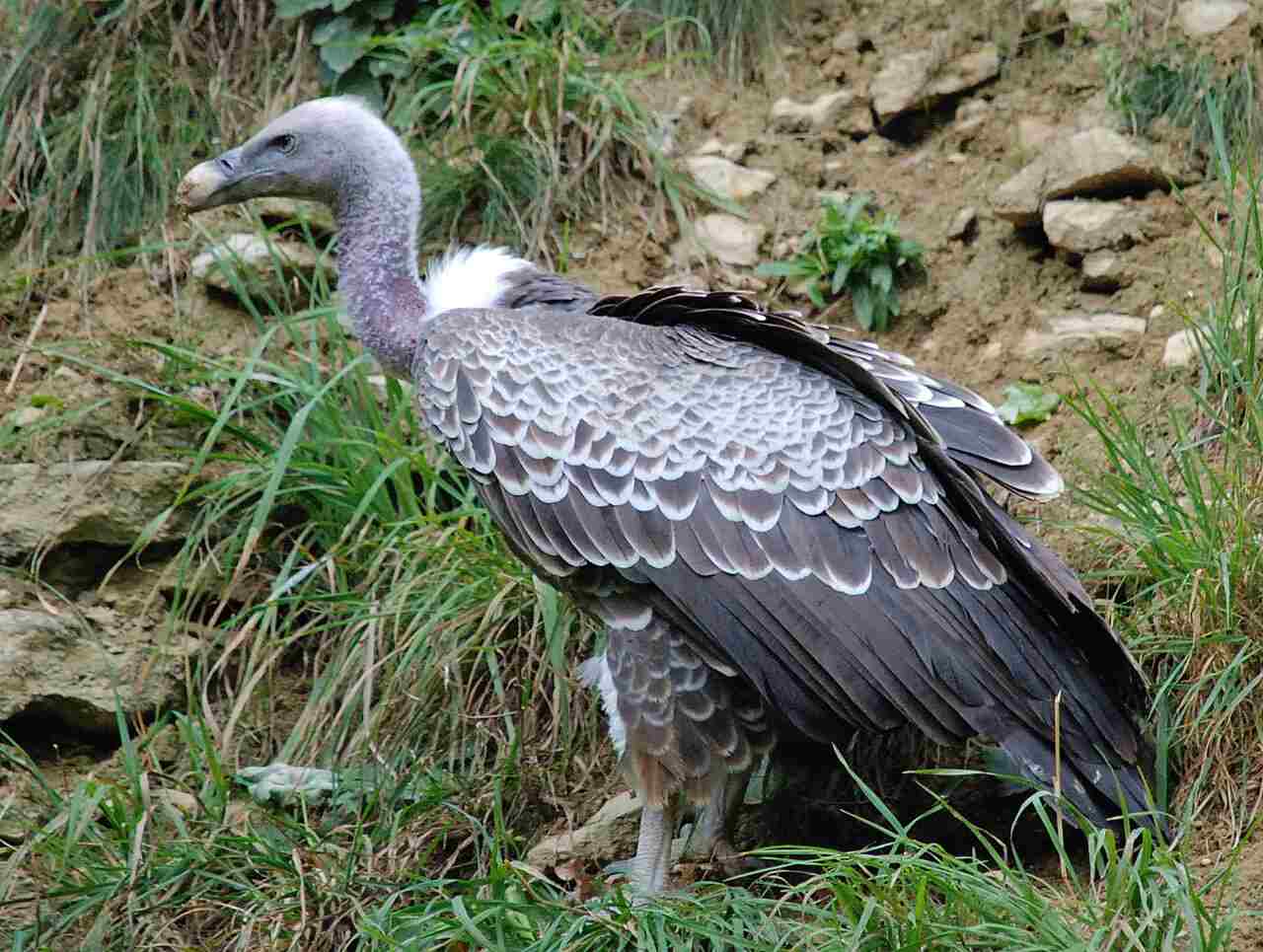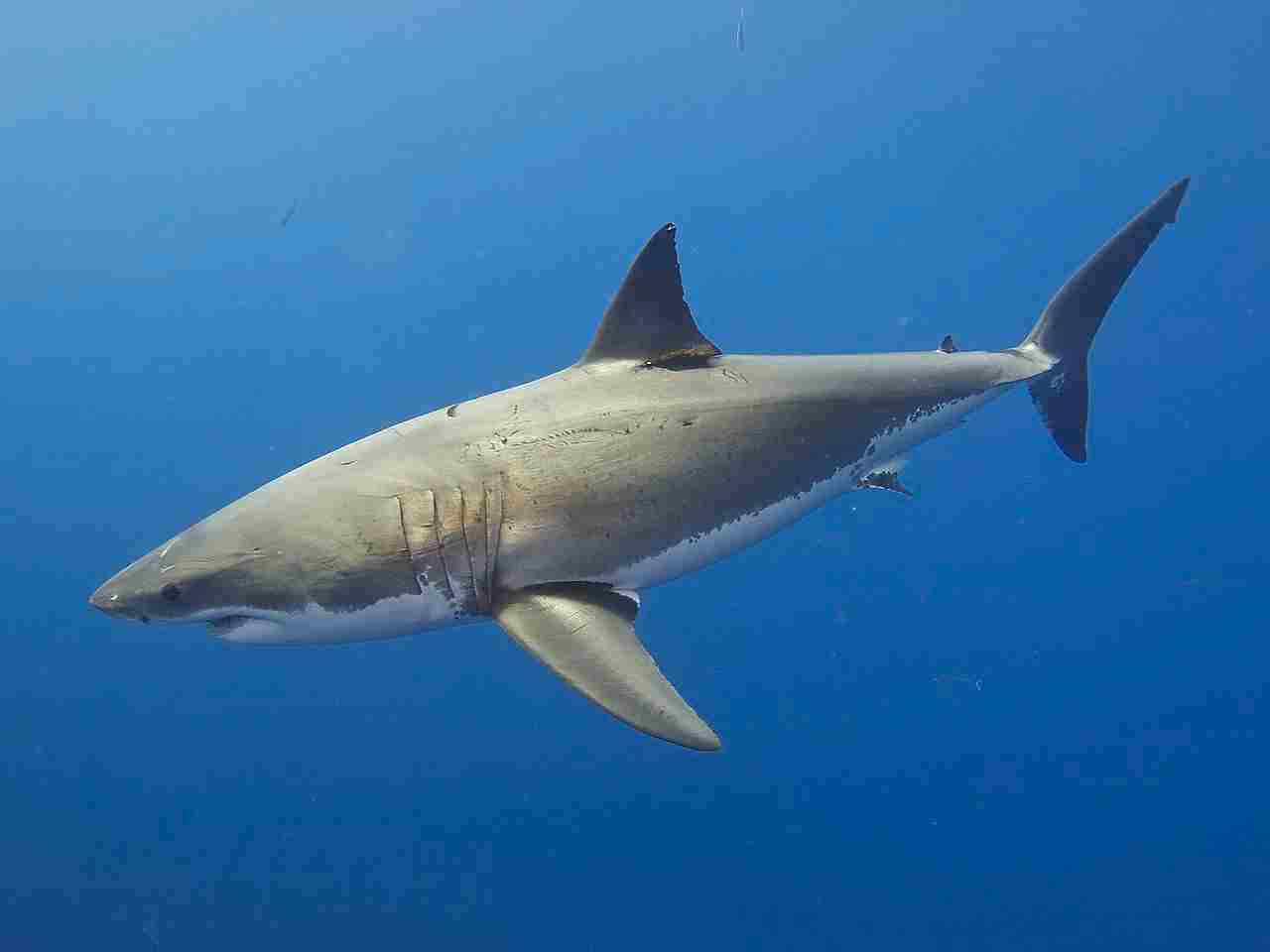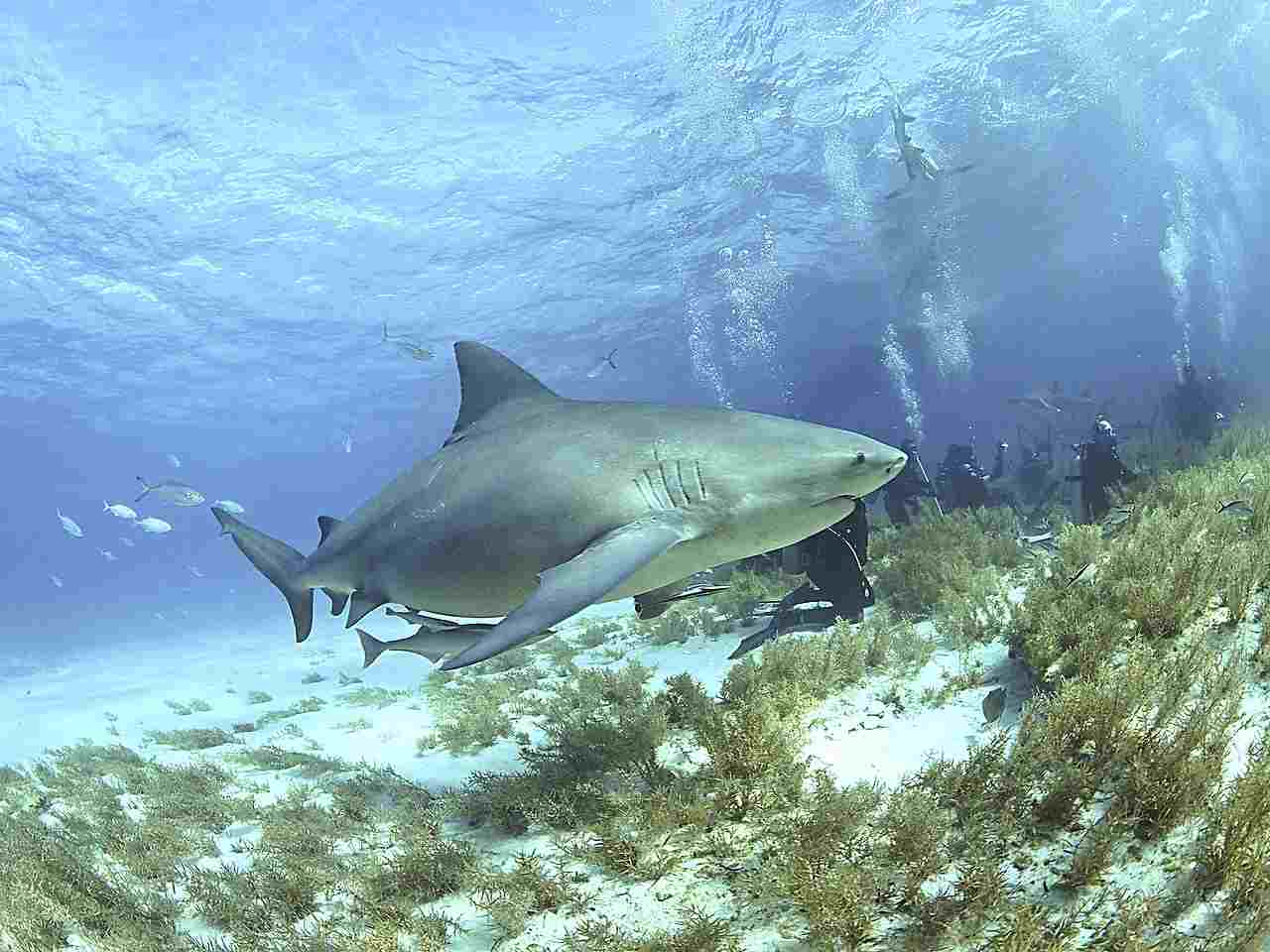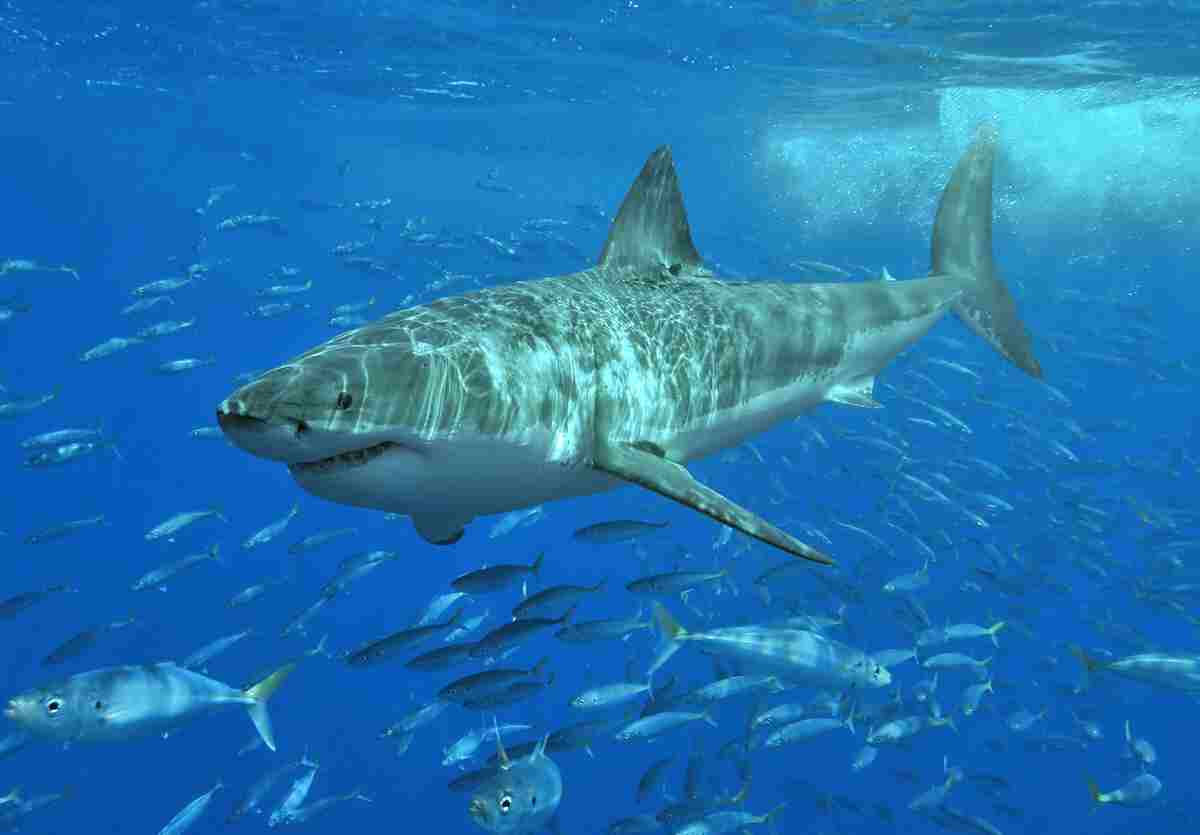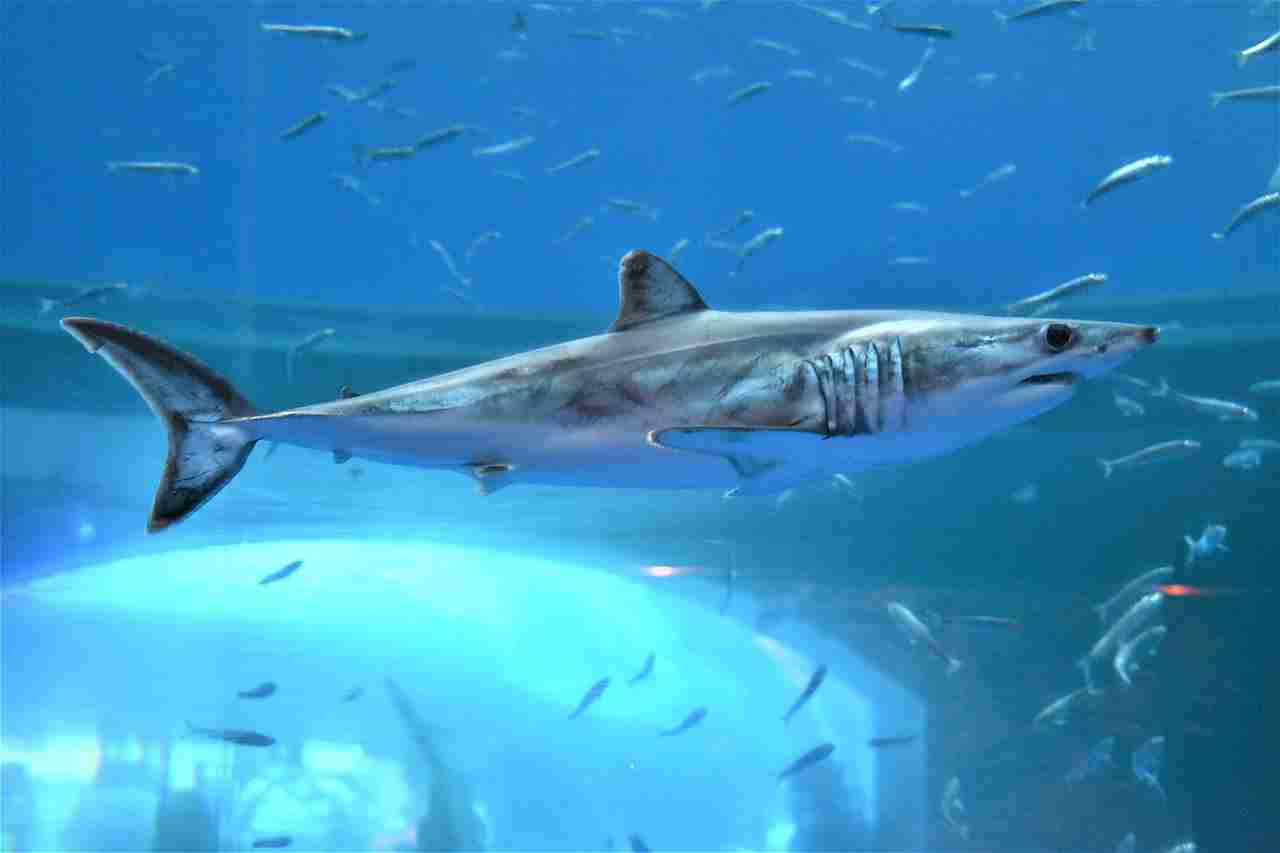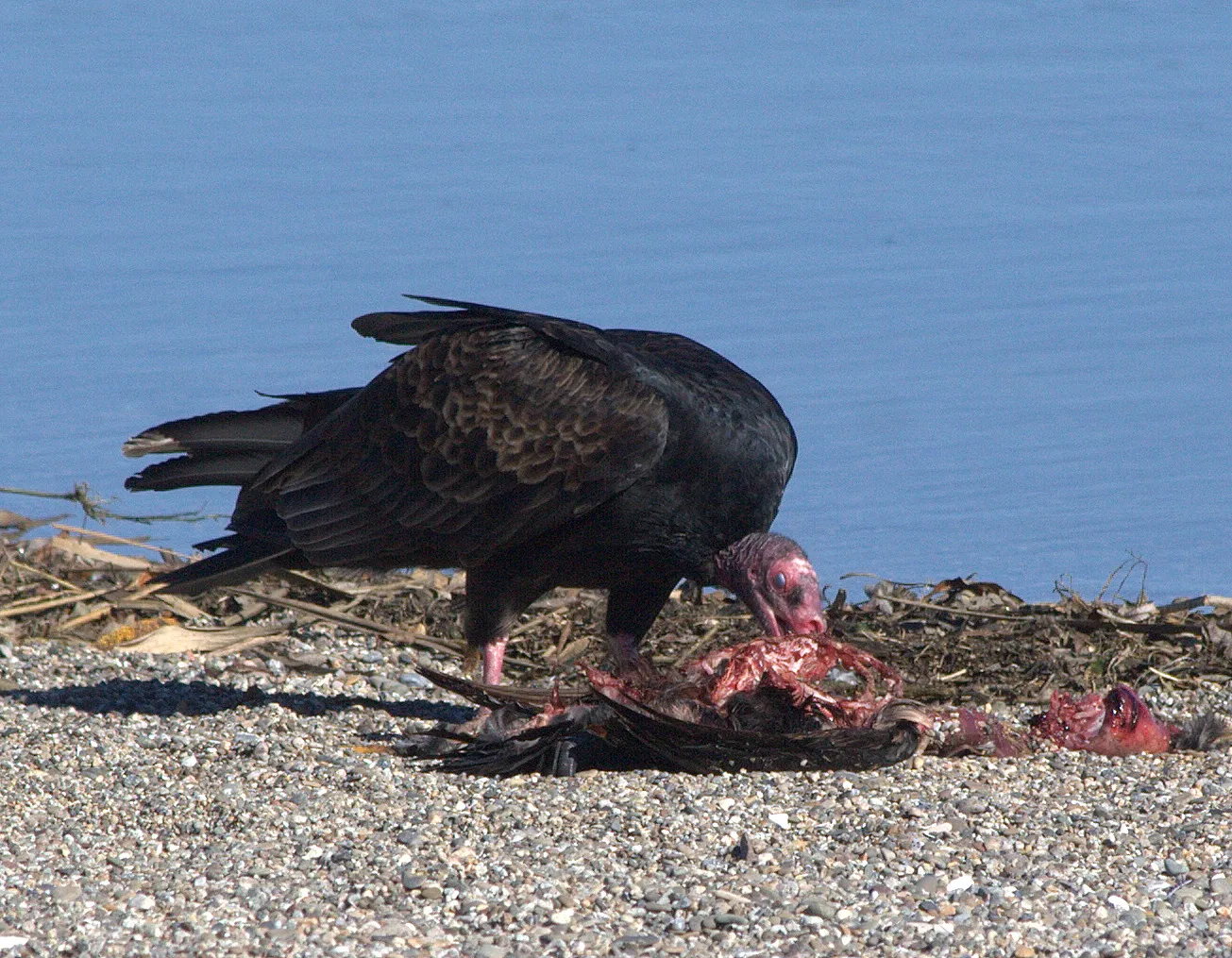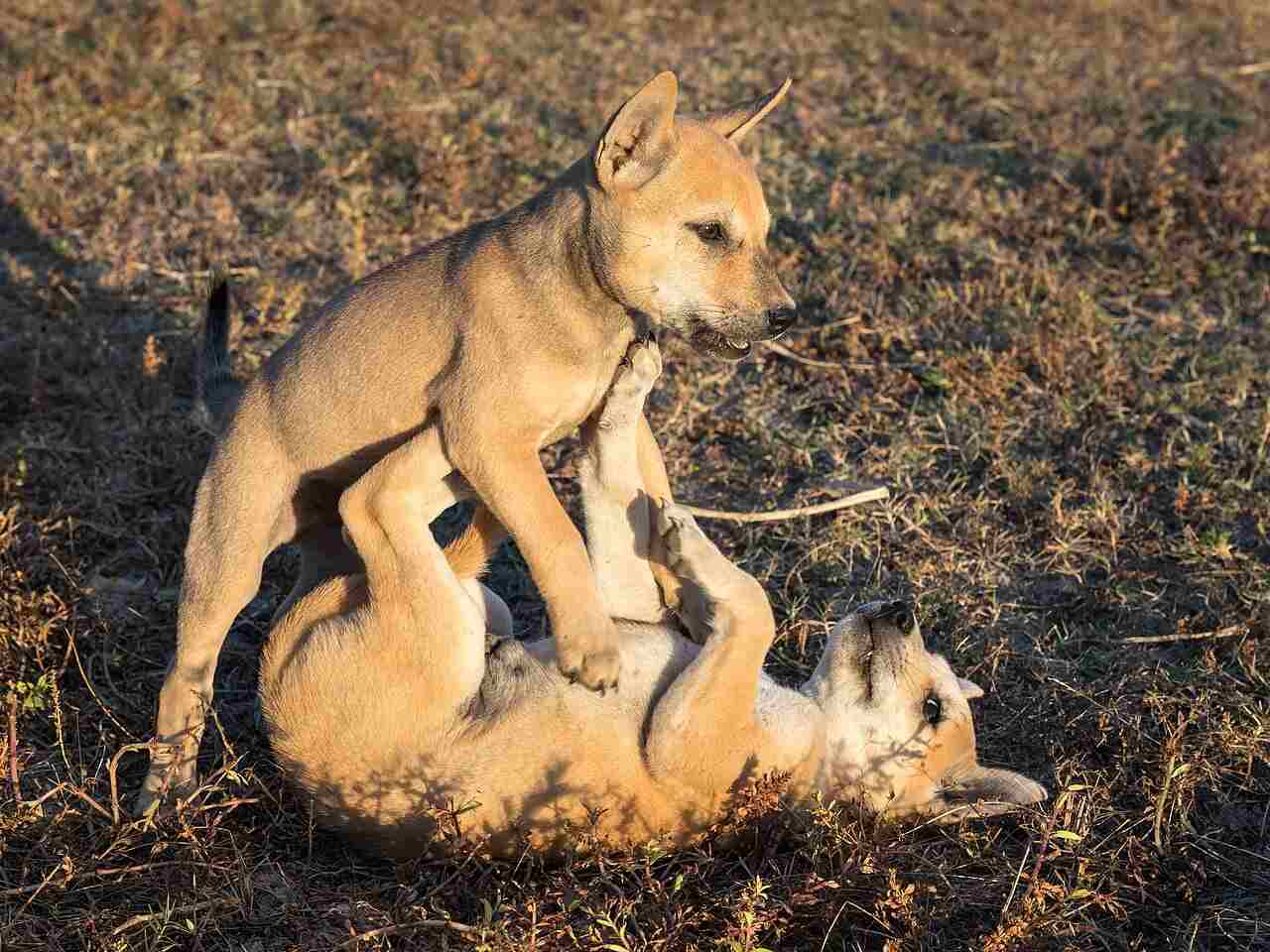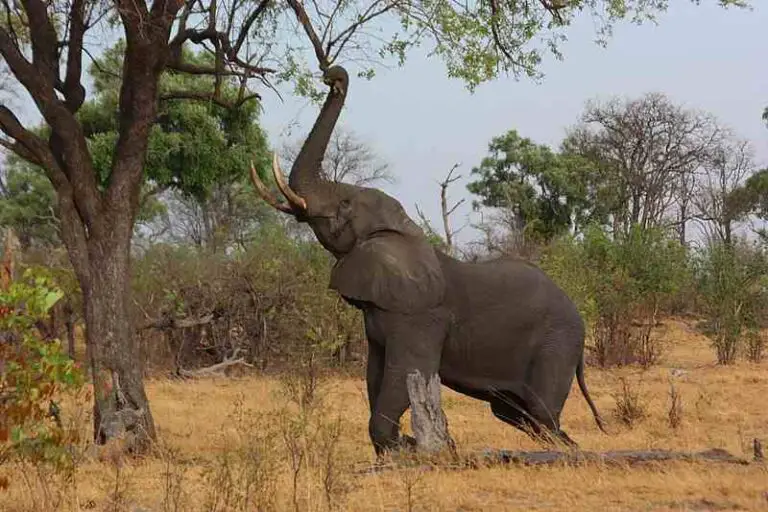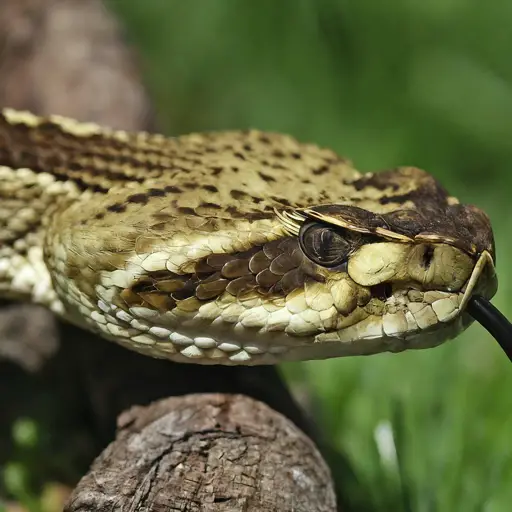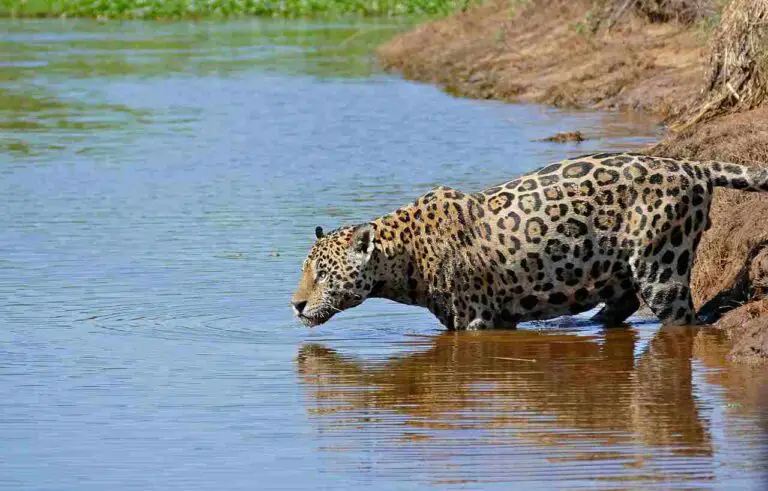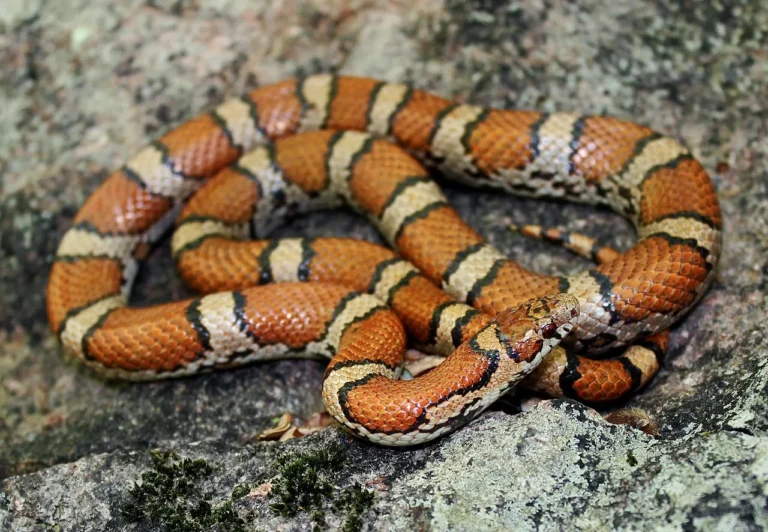Scavengers In Food Chain Systems Discussed
Scavengers in food chain systems are animals that consume dead organisms, playing a vital role in recycling nutrients back into the ecosystem. They occupy a secondary-consumer position, feeding on animals that consume plants or other animals. Scavengers are distinct from decomposers, as they consume dead organisms directly, while decomposers break down the remains left by scavengers. Examples of scavengers include vultures, hyenas, crabs, and sharks, each contributing to the efficient cycling of nutrients in various ecosystems.
What Are Scavengers In A Food Chain?
Scavengers play a crucial role in ecosystems by consuming dead organisms, known as carrion, and recycling nutrients back into the environment. These organisms are essential for maintaining the balance of the food chain and ecosystem health. Scavengers are typically animals that feed on dead animals or decaying organic matter, such as meat or rotting plant material. Unlike predators that actively hunt and kill their prey, scavengers primarily consume animals that have died of natural causes or have been killed by other carnivores.
In a food chain, scavengers are classified as part of the third trophic level, alongside other carnivores and omnivores. They are considered consumers, specifically secondary consumers, as they feed on primary consumers or animals that consume plants directly. Scavengers are distinct from decomposers, which are organisms that break down dead and decaying organic matter into simpler substances. While scavengers consume dead organisms directly, decomposers like bacteria and fungi further break down the remains left by scavengers, completing the process of recycling nutrients in the ecosystem.
Scavengers are vital for the efficient cycling of nutrients in ecosystems, preventing the accumulation of dead organic matter, and contributing to the overall health and balance of the environment. Some well-known examples of scavengers include hyenas, vultures, crows, crabs, lobsters, eels, and certain species of sharks. These animals play a critical role in the food web by ensuring that energy and nutrients from dead organisms are recycled and made available to other organisms in the ecosystem.
What Are 10 Scavengers Examples?
Here are 10 examples of common scavengers found in various ecosystems:
-
Vultures – These large birds are perhaps the most well-known scavengers, feeding on the carcasses of dead animals. Examples include the turkey vulture, black vulture, and griffon vulture.
-
Hyenas – These carnivorous mammals are adept at scavenging, often stealing kills from lions and other predators. The spotted hyena and striped hyena are two common scavenger species.
-
Crows – Members of the crow family, such as the American crow and common raven, are opportunistic scavengers that feed on carrion and other decaying organic matter.
-
Raccoons – These intelligent omnivores will scavenge for food, including feeding on dead animals, garbage, and other discarded organic waste.
-
Crabs – Many crab species, like the blue crab and hermit crab, are marine scavengers that feed on dead fish, mollusks, and other sea creatures.
-
Lobsters – Similar to crabs, lobsters are bottom-dwelling scavengers that consume dead and decaying organisms on the seafloor.
-
Eels – Some eel species, such as the moray eel and conger eel, are known to scavenge on dead fish and other marine life.
-
Sharks – While often portrayed as fierce predators, many shark species, including the great white shark and tiger shark, will also scavenge on whale carcasses and other dead marine animals.
-
Opossums – These nocturnal mammals are opportunistic omnivores that will feed on carrion, garbage, and other decaying organic matter.
-
Vultures (Condors) – The California condor and Andean condor are large vulture species that play a crucial role as scavengers in their respective ecosystems.
Is A Scavenger A Producer Or Consumer?
Scavengers are considered consumers, specifically secondary consumers, in the food chain. They are not producers.Producers are organisms that can produce their own food, typically through photosynthesis or chemosynthesis. Examples of producers include plants, algae, and some bacteria. These organisms make up the first trophic level in the food chain.
Consumers, on the other hand, are organisms that obtain their energy and nutrients by feeding on other organisms. Scavengers are a type of consumer that feed on dead or decaying organic matter, such as the carcasses of animals that have died from natural causes or been killed by predators.
Scavengers are classified as secondary consumers because they feed on primary consumers, which are herbivores that eat producers like plants. Other secondary consumers include carnivores that hunt and kill their prey.
So in summary, scavengers are not producers, but rather consumers that occupy the third trophic level in the food chain, feeding on the remains of dead organisms.
Are Scavengers Decomposers?
No, scavengers are not the same as decomposers, although they play complementary roles in the ecosystem.Scavengers are organisms that feed on dead or decaying organic matter, such as the carcasses of animals that have died. Examples of scavengers include vultures, hyenas, crabs, and some species of sharks.
Decomposers, on the other hand, are organisms that break down the remains of dead plants and animals into simpler organic compounds and inorganic nutrients. Decomposers, which include bacteria, fungi, and some microbes, further break down the materials that have been partially consumed by scavengers.
While scavengers initiate the decomposition process by consuming the dead organic matter, decomposers complete the process by breaking down the remaining materials into their basic chemical components. This allows the nutrients to be recycled and made available for use by other organisms, such as plants, in the ecosystem.
In summary, scavengers and decomposers play distinct but complementary roles in the food chain and the cycling of nutrients. Scavengers consume the dead organic matter, while decomposers break it down further, ensuring the efficient recycling of nutrients within the ecosystem.
| Aspect | Scavengers |
| Role in Food Chain |
– Feed on dead or decaying organic matter. – Considered consumers, specifically secondary consumers.
|
| Examples |
– Vultures – Hyenas – Crows – Raccoons – Crabs – Lobsters – Eels – Sharks – Opossums – Vultures (Condors)
|
| Relation to Producers |
– Not producers; they are consumers that occupy the third trophic level in the food chain.
|
| Relation to Decomposers |
– Not decomposers; they consume dead organisms, while decomposers break down remains into simpler compounds.
|
Scavengers:
-
-
Role in Food Chain:
-
Feed on dead or decaying organic matter.
-
Considered consumers, specifically secondary consumers.
-
-
Examples:
-
Vultures, Hyenas, Crows, Raccoons, Crabs, Lobsters, Eels, Sharks, Opossums, Vultures (Condors)
-
-
Relation to Producers:
-
Not producers; they are consumers that occupy the third trophic level in the food chain.
-
-
Relation to Decomposers:
-
Not decomposers; they consume dead organisms, while decomposers break down remains into simpler compounds.
-
-
